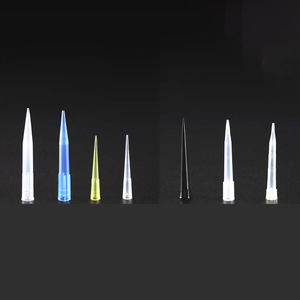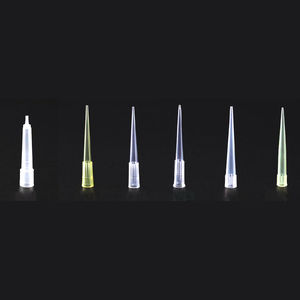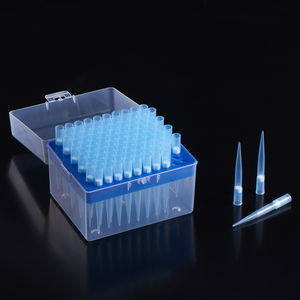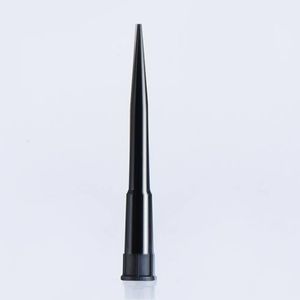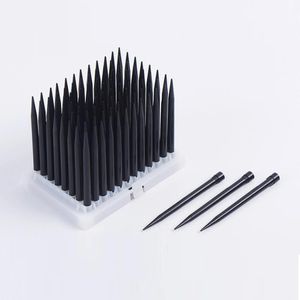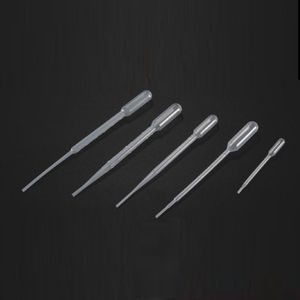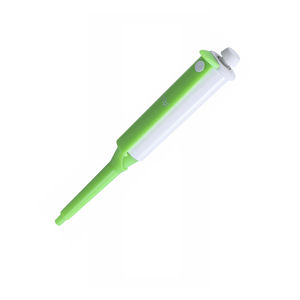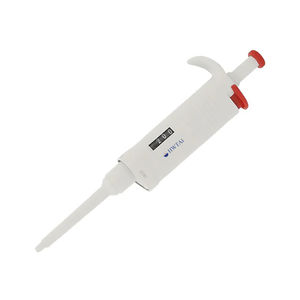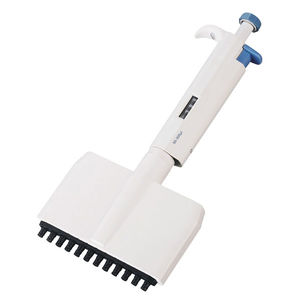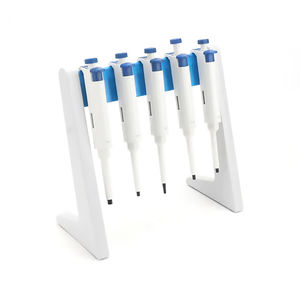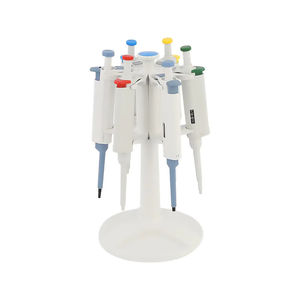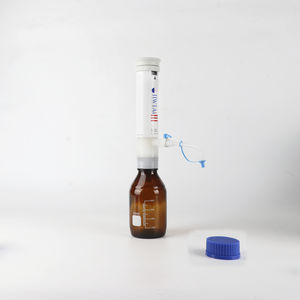
- Company
- Products
- Catalogs
- News & Trends
- Exhibitions
Sterile pipette tip filter

Add to favorites
Compare this product
Characteristics
- Other characteristics
- sterile, filter
Description
Pipette tips with filters are specially designed tips that have a built-in filtration system. These filters act as barriers, preventing aerosols, liquid droplets, and contaminants from entering the pipette and potentially interfering with the accuracy and integrity of the sample being transferred.
The filter material used in these tips can vary, but it is typically a hydrophobic material such as polyethylene or polypropylene. This material allows air to pass through, preventing the formation of aerosols, while blocking liquids and any potential contaminants.
Pipette tips with filters are specially designed tips that have a built-in filtration system. These filters act as barriers, preventing aerosols, liquid droplets, and contaminants from entering the Pipette and potentially interfering with the accuracy and integrity of the sample being transferred.
The filter material used in these tips can vary, but it is typically a hydrophobic material such as polyethylene or polypropylene. This material allows air to pass through, preventing the formation of aerosols, while blocking liquids and any potential contaminants.
The primary purpose of using Pipette tips with filters is to maintain a clean and sterile working environment. They are particularly beneficial in applications involving handling hazardous or sensitive samples, PCR, DNA amplification, and cell culture work. By preventing contamination, these filters help ensure the accuracy, reliability, and reproducibility of experimental results.
When using pipette tips with filters, it is crucial to select the appropriate filter pore size based on the sample type and application.
VIDEO
Catalogs
No catalogs are available for this product.
See all of HWTAi‘s catalogsRelated Searches
- Sample tube
- Container
- Laboratory sample tube
- Microtiter plate
- Collection tube
- 96-well microplate
- Pipette tip
- Sample box
- Laboratory holder
- Cylindrical collection tube
- Laboratory microplate
- Pipette
- Laboratory vial
- Blood collection tube
- Polypropylene sample tube
- Tube laboratory rack
- Waste container
- Sampling kit
- Conical test tube
- Glass vial
*Prices are pre-tax. They exclude delivery charges and customs duties and do not include additional charges for installation or activation options. Prices are indicative only and may vary by country, with changes to the cost of raw materials and exchange rates.


